Modern Men, Ancient Solutions: Ayurveda’s Safe & Powerful Approach to Men’s Health
In today’s fast-moving world, men silently carry heavy physical, mental, and emotional burdens. Work pressure, financial responsibilities, poor diet, irregular sleep, and lifestyle habits often lead to serious health issues—but due to social taboos, many men avoid discussing their problems or seeking help.
Ayurveda provides a safe, natural, and holistic approach to improve men’s health—physically, mentally, and sexually—without any harmful side effects.
Common Health Issues Men Face Today
1. Hair Fall & Early Balding
Stress, poor diet, hormonal imbalance, improper sleep, and pollution weaken hair roots.
Ayurveda views hair as a byproduct of Asthi & Rakta Dhatu, and treats hair fall from the root using natural methods.
2. Sperm Health Issues (Male Infertility)
Today, many men struggle with:
-
Low sperm count
-
Poor motility
-
Abnormal sperm shape
-
Low semen volume
-
Varicocele effects
These problems are often linked to stress, heat exposure, smoking, alcohol, and hormonal imbalance.
3. Erectile Dysfunction (ED)
A rapidly rising condition caused by:
-
Stress
-
Anxiety
-
Weak nerves
-
Hormonal imbalance
-
Lifestyle disorders
-
Diabetes or hypertension
Men often feel ashamed to talk about this, but ED is completely treatable in Ayurveda.
4. Stress-Induced Health Problems
Stress affects:
-
Digestion
-
Sleep
-
Hormones
-
Sexual health
-
Immunity
-
Energy levels
Chronic stress weakens Vaata, leading to multiple disorders.
5. Other Common Men’s Issues
-
Premature ejaculation
-
Weight gain or obesity
-
Low energy & fatigue
-
Joint pain
-
Acidity & gastric problems
-
Back & neck pain due to long sitting
Why Men Don’t Talk About Their Health Issues? (Social Taboo)
Many men avoid discussing health problems because of:
-
Shame
-
Fear of judgment
-
Social pressure to “stay strong”
-
Lack of awareness
-
Misconceptions about masculinity
This silence often delays treatment and worsens the condition. Ayurveda encourages open discussion, natural healing, and emotional balance.
How Ayurveda Helps Men Recover Naturally
Ayurveda treats the root cause of every disorder instead of just suppressing symptoms.
⭐ 1. Balancing Dosha
Most men’s health issues arise from Vaata-Pitta imbalance. Ayurveda corrects these through herbs, diet, and therapies.
⭐ 2. Improving Digestion & Hormones
Healthy Agni (digestive fire) supports healthy hormones, sperm, hair, and immunity.
⭐ 3. Panchakarma Detoxification
Ayurveda uses gentle cleansing therapies to purify the body:
✔ Basti
Best for nervous strength, sperm health & ED.
Balances Vaata and rejuvenates reproduction.
✔ Virechana
Cleanses Pitta, improves hormonal balance and skin/hair health.
✔ Nasya
Reduces stress, improves sleep, balances mind.
✔ Abhyanga + Shirodhara
Relieves anxiety, improves mental clarity, reduces hair fall.
Herbal Rasayana Therapy for Men
Ayurvedic herbs help enhance vitality, stamina, and reproductive health:
-
Ashwagandha
-
Shilajit
-
Gokshura
-
Kapikacchu
-
Bala
-
Safed Musli
-
Yashtimadhu
-
Amla
-
Brahmi
These herbs are natural, safe, and strengthen the entire male system without side effects.
Diet & Lifestyle for Men’s Wellness
-
Warm homemade food
-
Milk, ghee, nuts & seeds
-
Avoid junk food, smoking & alcohol
-
Reduce screen time
-
Avoid tight clothing & heat exposure
-
Practice yoga, meditation & breathing exercises
-
Sleep early and follow a routine
Ayurvidhi Clinic’s Unique Approach to Men’s Health
At Ayurvidhi Clinic, men’s health is treated with personalized, confidential, and scientific Ayurvedic care.
🔹 Why We Are Different
-
Detailed Ayurvedic assessment of root cause
-
Customized Panchakarma plans for each individual
-
Specialized treatments for sperm health, ED & stress
-
Confidential one-on-one consultation
-
Pure herbal medicines—no steroids, no chemicals
-
Gentle, safe, and long-lasting results
🔹 Our Special Men’s Health Program Includes:
-
Panchakarma detox before treatment
-
Reproductive Rasayana therapy
-
Hormonal & stress balancing treatments
-
Hair and scalp health therapy
-
Mind-calming treatments (Shirodhara)
-
Diet & lifestyle planning
-
Regular monitoring & progress tracking
🔹 Conditions We Specialize In:
-
Hair fall & early greying
-
Low sperm count & motility
-
Erectile dysfunction
-
Premature ejaculation
-
Varicocele management
-
Stress, anxiety & sleep issues
-
Low immunity & fatigue
-
Weight gain / lifestyle disorders
Ayurvidhi Clinic focuses on improving men’s health from the root—body, mind, and hormones—naturally and safely.
Conclusion
Men’s health is often ignored, but it is extremely important for overall well-being, family life, confidence, and longevity. Ayurveda provides a complete, safe, and effective path for men to regain physical strength, mental peace, sexual health, and vitality—without side effects.
Timely Ayurvedic treatment not only cures the issues but prevents long-term complications, helping men live a healthier and confident life.


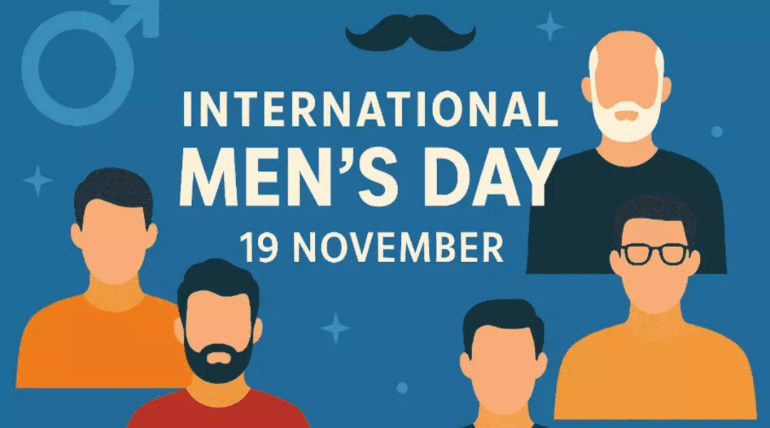
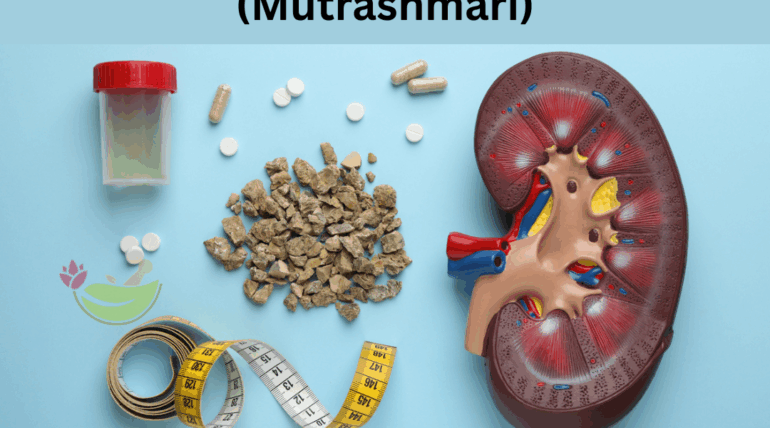
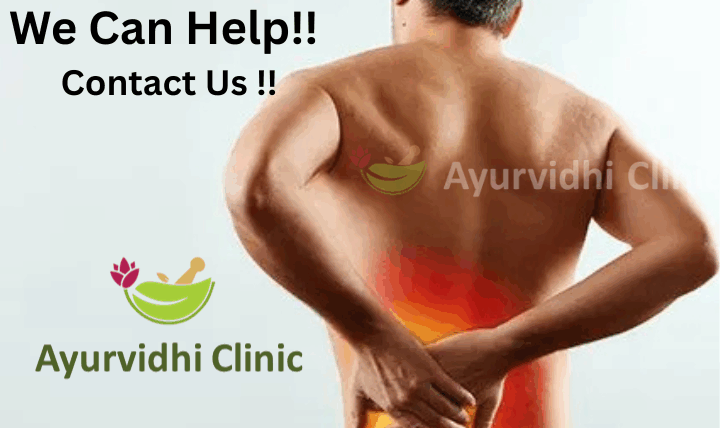
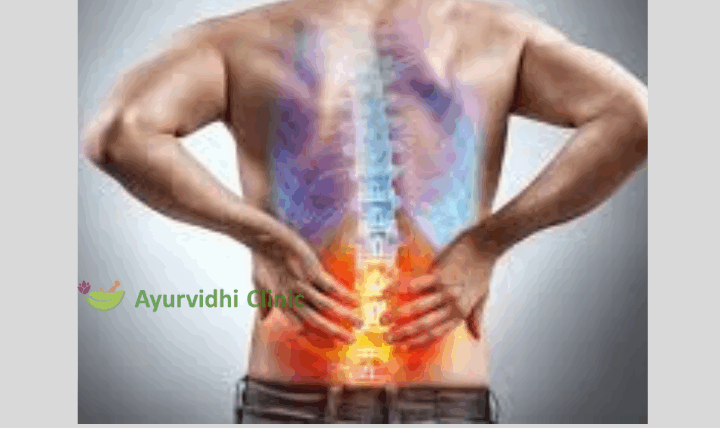

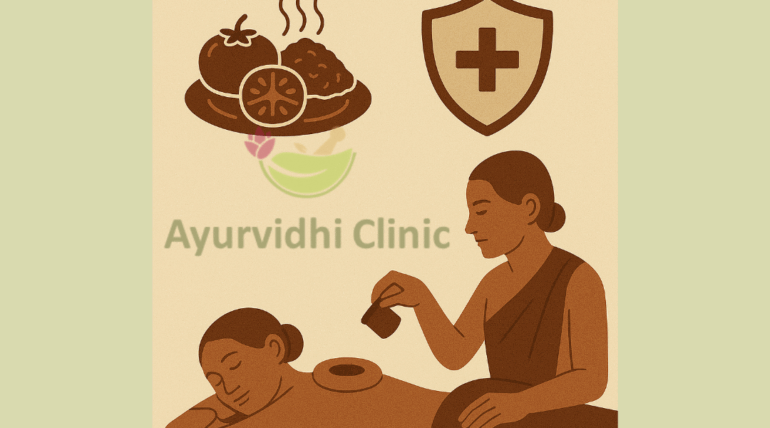





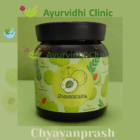
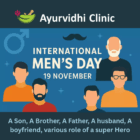
Recent Comments